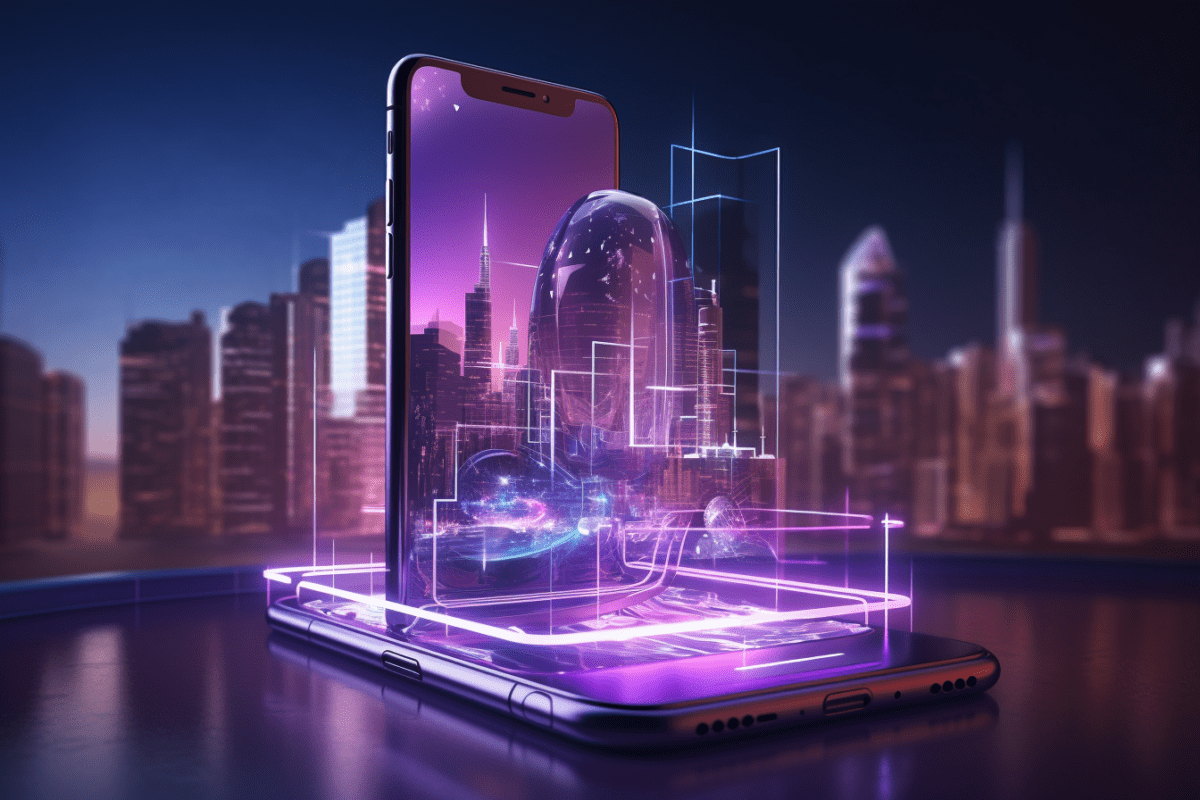Technological advancements have transformed the construction businesses to become more collaborative, bold, and realistic. Although PC, laptop, and tablets have greater capabilities, smartphones and apps have emerged as imperative tools for transforming the realm of 3D architectural visualization.
With the tremendous power of computers and sophisticated technology of mobile devices, architects can now create, think, and revise designs actively, from anywhere and at any time. As a result, mobile 3D rendering is more manageable and ideal for designers who like to have their construction plans at their fingertips.
Understanding the Basics of Mobile 3D Rendering
Table of Contents
The process of creating and showing 3D renderings of architectural designs and places on smartphones and tablets is referred to as mobile 3D rendering. It means using mobile hardware’s processing ability to produce high-quality, realistic, and immersive illustrations of buildings, interiors, and urban environments.
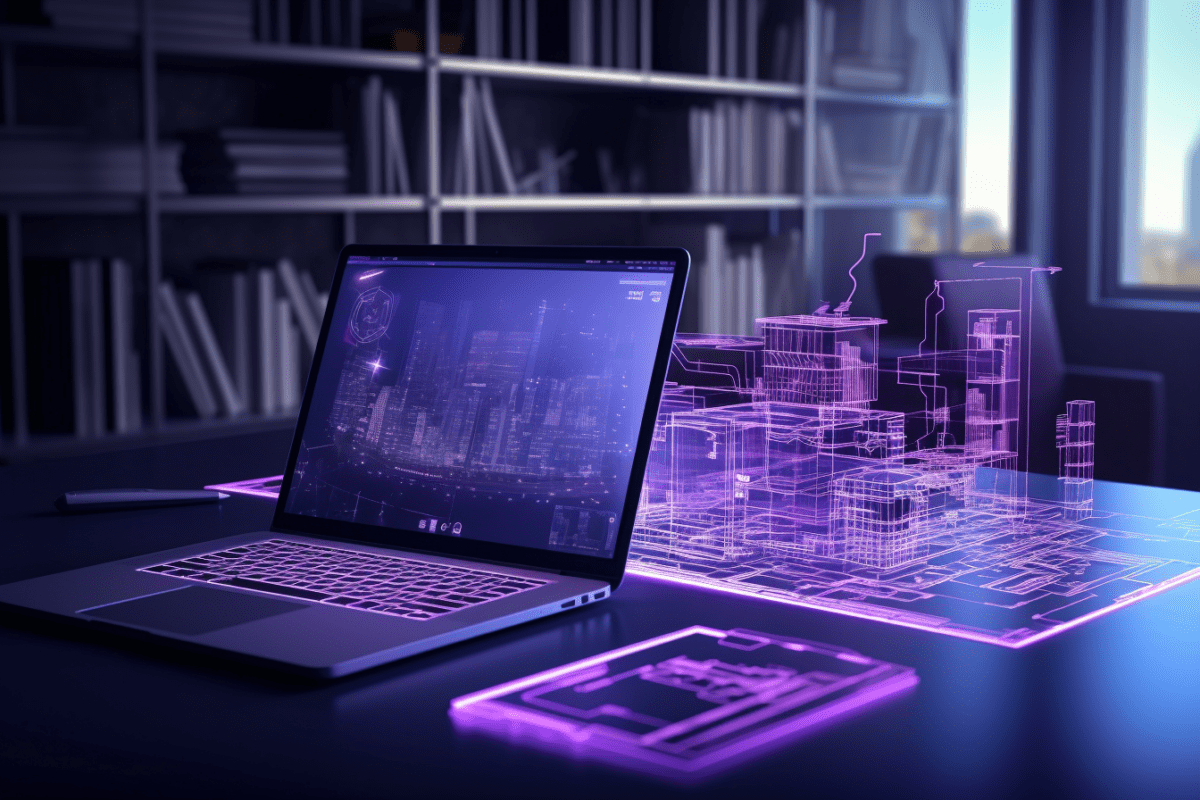
The convenience and simplicity of using mobile rendering technology have changed the way architects communicate and collaborate, allowing them to make on-the-spot well-informed decisions and promptly communicate complex concepts and ideas to potential customers.
Role of Smartphones and Mobile Apps in Transforming Architectural Processes
Smartphones, tablets, and mobile applications have transformed architectural visualization processes, revolutionizing how designers and professionals create, communicate, and showcase their architectural designs.
Mobile devices, tablets, and applications are transforming animated visualization and 3D rendering processes in the following ways:
- Portable Visualization Tools
Smartphones and tablets have emerged as powerful and portable visualization tools, allowing designers to view design files and 3D models actively, from anywhere and at any time. They can express their ideas to clients, stakeholders, and co-workers at any time and from anywhere, without using advanced technology and equipment.
- Improved Visualization Experience
AR and VR on smartphones provide immersive visualization experiences. Architects can explore their ideas in virtual reality (VR) surroundings or overlay digital models into real-world environments (AR), allowing architecture professionals and clients to better comprehend designs and make informed decisions.
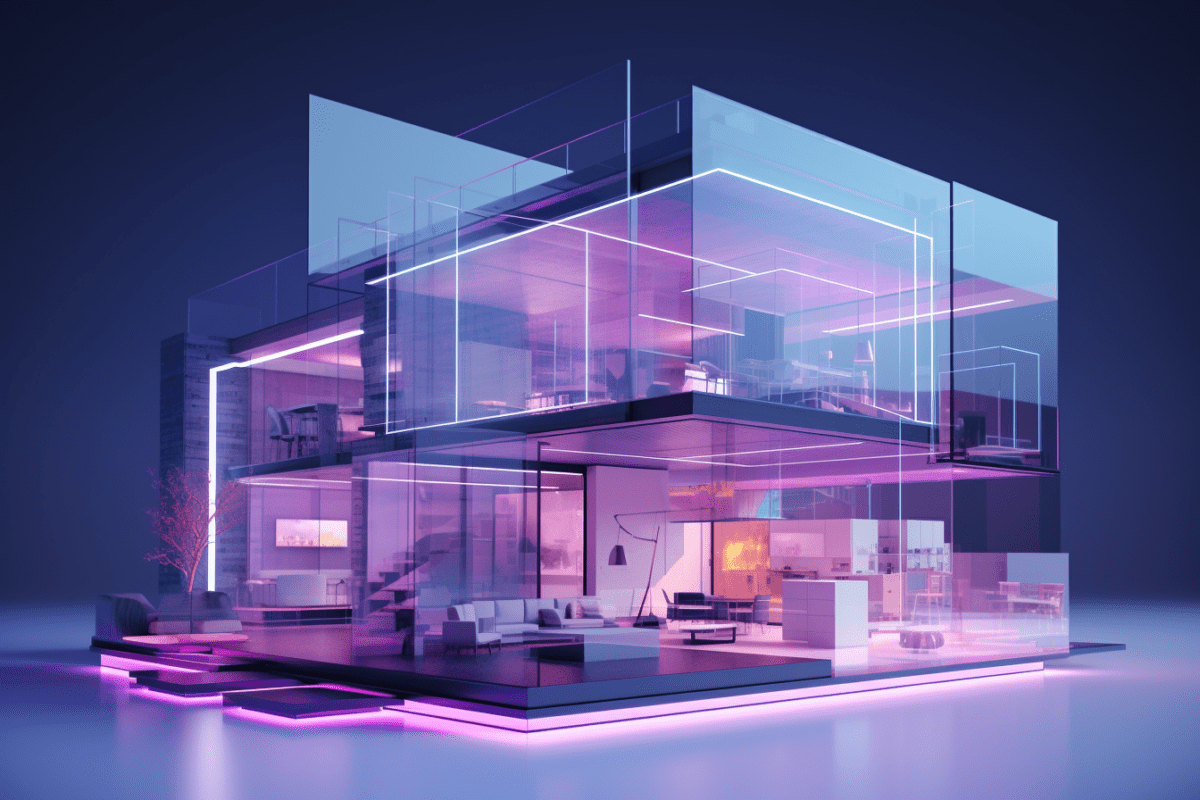
- Real-time Rendering
Real-time rendering capabilities are now available in mobile applications, allowing architects to instantly view and update changes to designs. This speeds up design iteration and improves design communication with potential clients and teams.
- Enhanced Collaboration and Communication
Mobile apps allow architects, customers, and other stakeholders to collaborate in real time. Cloud-based applications facilitate the exchange of design concepts, valuable feedback, and improvements, promoting better communication and decision-making.
- Site Analysis and Data Collection
Architects can now perform on-site analysis and data collecting using smartphones equipped with cameras and sensors. As a result, architects can capture site specifics, lighting conditions, and environmental elements and incorporate them into the design process.
- Sustainable Design Solutions
Modern mobile applications can evaluate energy usage, environmental impact, and sustainable design solutions. Therefore, architects can evaluate the impact of their projects on the environment and support for greener construction methods.
- On-site Monitoring
Architects and designers can remotely monitor construction progress on smartphones using live video feeds. This can help in recognizing possible concerns and making quick decisions early during the construction process itself.
- Accessibility and Engagement
Architectural designs are more accessible to a wider audience due to mobile visualization technologies. As a result, potential customers and stakeholders no longer require complex softwares or equipment to analyze and interact with designs, which improves engagement and basic understanding.
Future Scope of Smartphones and Tablets in Architecture
Mobile devices, tablets and apps in the architectural industry have extremely bright future potential. Mobile devices and applications are expected to play an even more important role in re-shaping the architectural sector as technology advances.
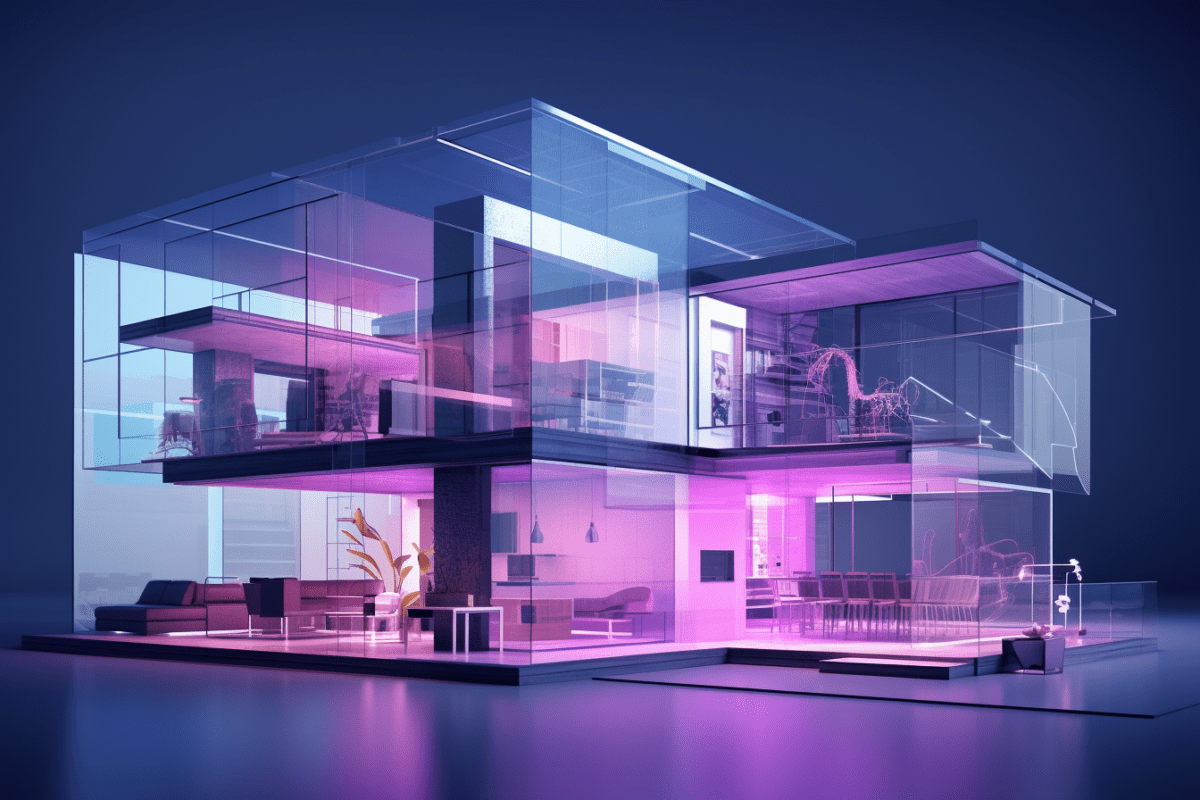
Here are some fundamental prospects of technological advancements in the architecture businesses:
- Artificial Intelligence Integration
AI will be important in automating many parts of the architectural design process. Mobile applications can utilize AI algorithms to create designs, optimize energy efficiency, and do real-time environmental factor analysis, making sustainable designs more accessible.
- Building Information Modeling (BIM)
Building Information Modeling (BIM) is a digital 3D modeling technique that involves creating and maintaining a comprehensive database of a building’s information throughout its construction cycle.
Mobile BIM software will become more prevalent in the near future, allowing architects and construction professionals to inspect and modify BIM data actively. This will simplify construction processes, eliminate mistakes, and increase project efficiency.
- Training and Education
Mobile applications will be an invaluable resource for architectural education and professional growth. Students and architects will have the ability to use interactive tutorials, design courses, and design inspiration, enabling constant and successful learning methods.
Final Words
The use of mobile devices, tablets, and modern technologies into the architectural visualization process has resulted in a significant shift in the commercial environment. Due to advancements in mobility, computing capacity, and powerful visualization software, architects can now create, communicate, and interact like never before.
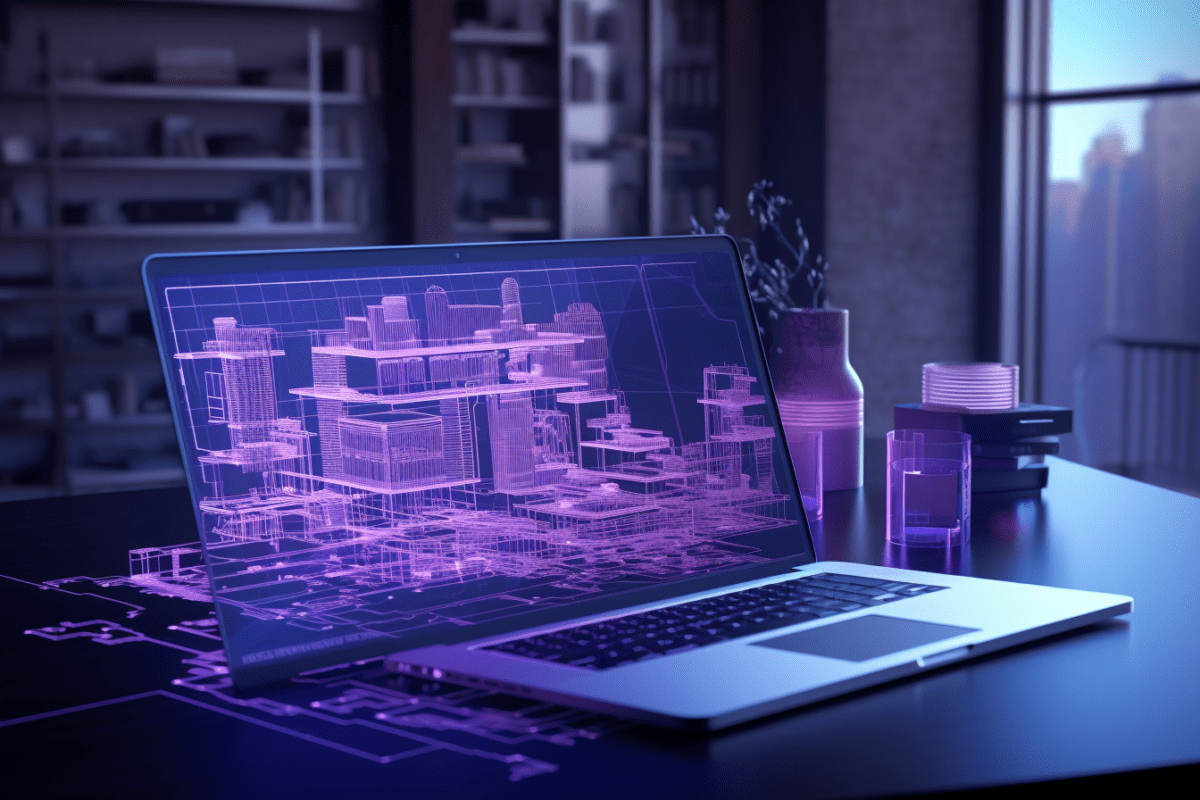
Not only mobile rendering in architecture and design has enabled professionals to design more successfully and efficiently, but it has also enhanced the whole architectural experience for potential customers and stakeholders.
We can only expect additional breakthroughs that will push beyond the boundaries of architectural visualization, driving the industry towards a more innovative and sustainable future as technology advances.

